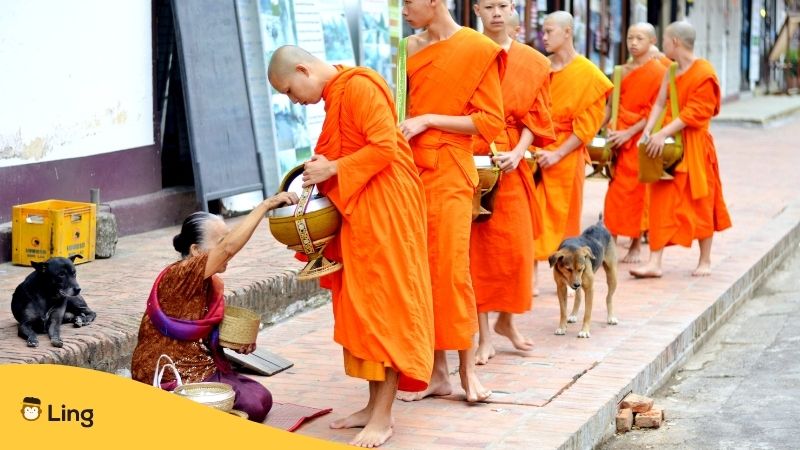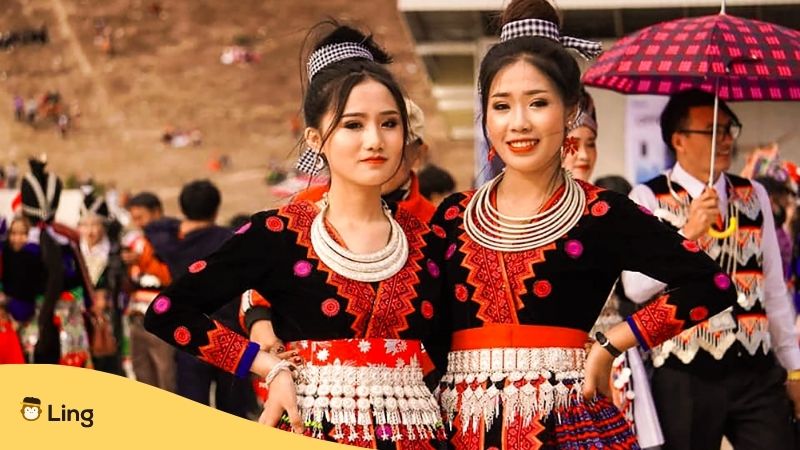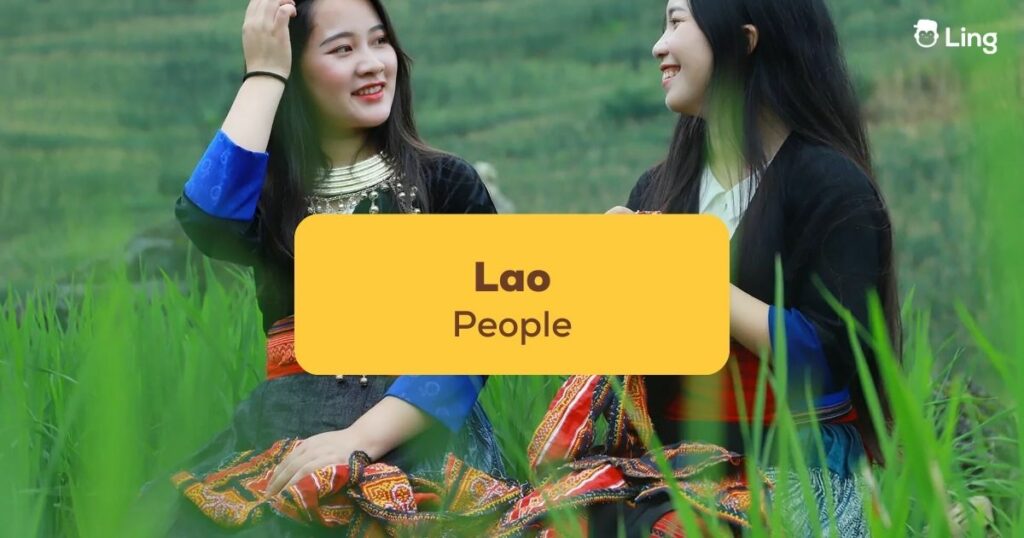Despite their modest size and less global attention compared to neighboring Southeast Asian countries like Vietnam and Thailand, the Lao people have a history well worth hearing about that stretches back millennia. So, let’s take a look at the remarkable journey of the Lao people. We’ll explore their ancient origins, the formation of their distinct identities, and the enduring cultural practices that define them today, from Vientiane in Southern Laos to Luang Prabang to the north.
Ancient Roots And Early Civilization
The history of the ethnic Lao people can be traced back to the ancient civilizations that flourished along the Mekong River basin. Archaeological evidence suggests that as early as the 8th century BCE, these lands were inhabited by various ethnic groups engaging in agriculture, fishing, and trade. Among the earliest known kingdoms was the powerful and influential Kingdom of Lan Xang (Kingdom of a Million Elephants), which emerged in the 14th century CE.
The Kingdom Of Lan Xang: Glory And Legacy
Founded by King Fa Ngum in 1353, the Kingdom of Lan Xang marked a pivotal moment in Lao history. Under the reign of their king, the Lao people witnessed their territory expand significantly, encompassing vast areas of present-day Laos, parts of northern Thailand, and eastern Cambodia. The kingdom’s prosperity was largely due to its strategic location along the mighty Mekong River, which facilitated trade and cultural exchange with neighboring empires.
Lan Xang flourished for centuries, fostering a blend of Theravada Buddhism, indigenous animist beliefs, and cultural influences from India and China. The kingdom’s cultural, political, and religious significance was reinforced by the construction of numerous temples and stupas, many of which stand to this day as a testament to the ancient glory of the Lao people.
Colonial Era And Modern Laos
The 19th and 20th centuries brought significant changes to South East Asia as European colonial powers sought to expand their influence in the area. Laos, with its strategic location, became a contested region between the French and Siamese (Thai) colonial forces. By the end of the 19th century, Laos fell under French colonial rule, and it was incorporated into French Indochina, which also included Vietnam and Cambodia.
The impact of colonialism on the Lao people was profound, as it led to cultural assimilation, economic exploitation, and the introduction of new political structures. Despite the challenges posed by colonization, the Lao people and many ethnic minorities managed to preserve many aspects of their cultural heritage and traditions.
Independence And Modernization
The mid-20th century brought about significant changes in Laos as the struggle for independence intensified. Inspired by the winds of decolonization that swept across the world, the Lao people sought to break free from French rule. On July 19, 1949, Laos achieved full independence as the Kingdom of Laos. However, the road to stability and self-governance was fraught with internal divisions and geopolitical complexities.
Laos became entangled in the Vietnam War, which exacerbated internal political strife and plunged the nation into turmoil. The country was bombed extensively as the US fought with South Vietnam against the Viet Cong in the north. The establishment of the communist Pathet Lao movement, led by Prince Souphanouvong and his half-brother Prince Souvanna Phouma, further complicated the political landscape and led to civil war.
Eventually, the Pathet Lao came to power, backed by the Soviet Union, and set up a communist government in place of the monarchy. The Lao People’s Democratic Republic (Lao PDR) was declared in 1975, leading to significant changes in the sociopolitical fabric of the country. In 2013, Laos acceded to the World Trade Organization and is now a member of the ASEAN Economic Community, and the Laos government, Lao People’s Revolutionary Party, continues to implement changes to drive the nation into the future.

Cultural Heritage And Traditions
Throughout the tumultuous history of Laos, the Lao people have tenaciously clung to their cultural heritage and traditions. Religion plays a central role in the lives of the Lao people, and Theravada Buddhism is deeply ingrained in their daily practices. Buddhist monks are revered, and Buddhist temples, adorned with intricate carvings and vibrant murals, dot the landscape and serve as spiritual centers for communities.
The Lao people also celebrate a myriad of festivals that highlight their unique customs and beliefs. The most prominent among them, and one you should not miss when you visit Laos, is the Bun Pi Mai, or Lao New Year, which takes place in mid-April and is characterized by water splashing, vibrant processions, and temple ceremonies. Another essential celebration is Boun Ok Phansa, marking the end of the three-month Buddhist Lent, during which monks retreat to their monastic dwellings for meditation.
Arts And Crafts
Laos boasts a rich tradition of arts and crafts that reflect the country’s cultural diversity and creativity. Lao silk weaving is particularly renowned for its intricate patterns and vibrant colors. The traditional process involves hand-weaving on wooden looms, and the finished textiles are used for clothing, scarves, and ceremonial purposes.
Lao language, music, and dance are integral to the country’s identity. Classical dance performances often depict scenes from Buddhist mythology or historical events, while traditional folk music showcases a diverse array of musical instruments, including the khene, a traditional bamboo mouth organ.

Learn More About Laos And The Lao People With Ling App
We have only touched on the amazing history of the Lao People. If you want to learn more about this culture and the Lao language, why not give Ling app a visit? Ling has loads of free blogs covering a range of topics about Laos, its people, and its culture. It is also a great place to start learning the language. Just click on Google Play or the App Store to begin your Laos adventure.


































































